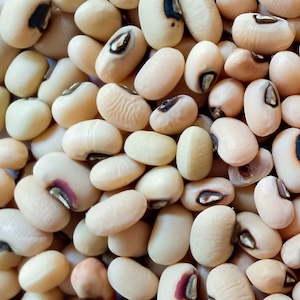Original Articles
5 November 2014
Vol. 45 No. 3 (2014)
Solid biofuels production from agricultural residues and processing by-products by means of torrefaction treatment: the case of sunflower chain

Publisher's note
All claims expressed in this article are solely those of the authors and do not necessarily represent those of their affiliated organizations, or those of the publisher, the editors and the reviewers. Any product that may be evaluated in this article or claim that may be made by its manufacturer is not guaranteed or endorsed by the publisher.
All claims expressed in this article are solely those of the authors and do not necessarily represent those of their affiliated organizations, or those of the publisher, the editors and the reviewers. Any product that may be evaluated in this article or claim that may be made by its manufacturer is not guaranteed or endorsed by the publisher.
4129
Views
943
Downloads
777
HTML












